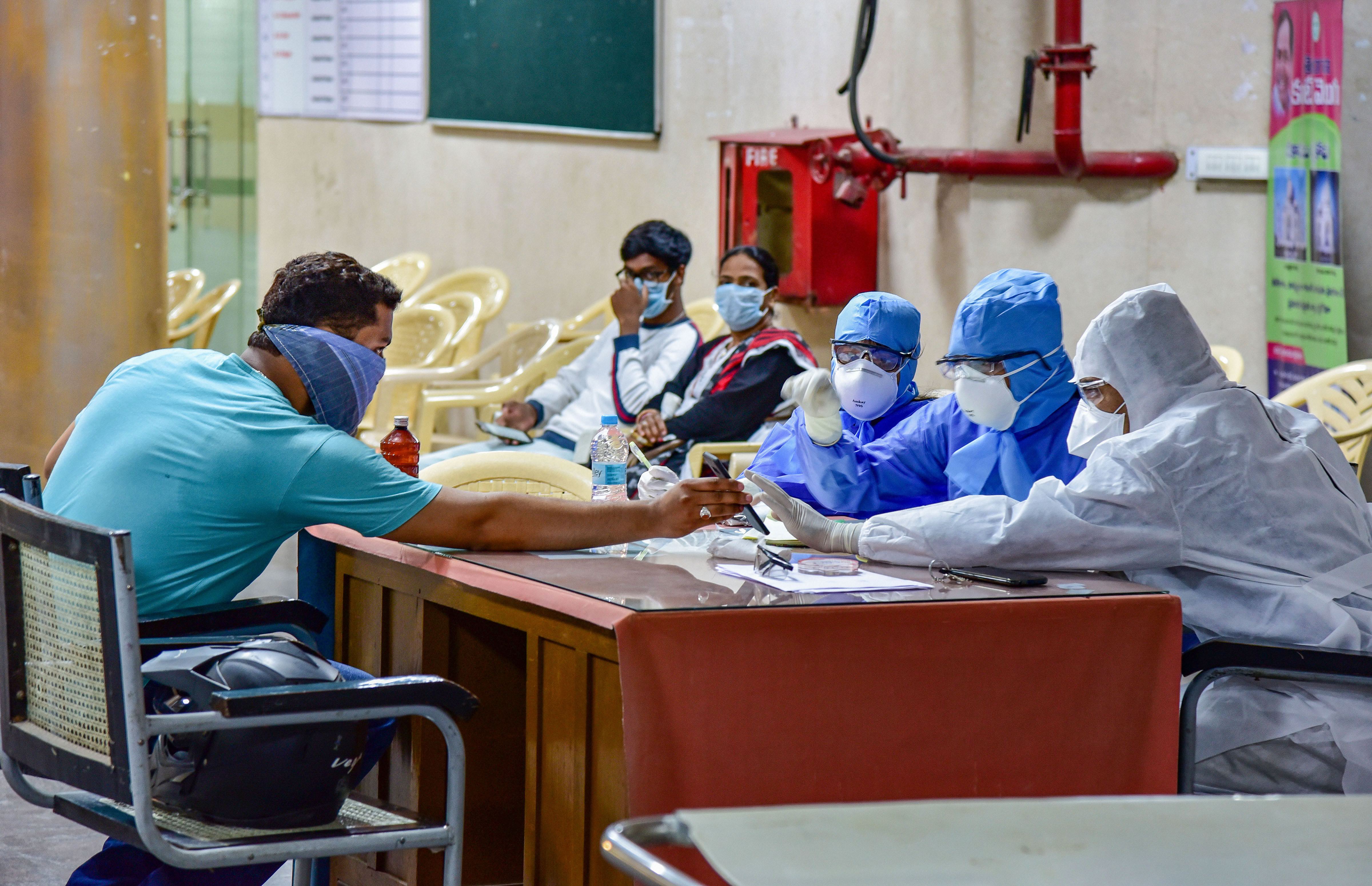
Preventing community transmission key in India's COVID-19 fight
With fears about community transmission of COVID-19 looming large in India, amid 84 cases and two deaths being reported, India is pulling out all the stops to contain it in stage two, with a window period of a month.

With fears about community transmission of COVID-19 looming large amid 84 cases and two deaths being reported in India, the country is pulling out all the stops to contain it in Stage two, local transmission, with a window period of a month.
Experts at the India Council of Medical Research (ICMR) have indicated that there are four stages of the disease — Stage 1 of getting imported cases, Stage 2 pertaining to local transmission, Stage 3 involving community transmission and Stage 4, when it becomes an epidemic.
Breaking down the four stages, Dr N Kumarasamy, chief and director, VHS-Infectious Diseases Medical Centre, director and site leader, Chennai Antiviral Research and Treatment (CART), explained, “In the first stage, the government came up with the decision to halt travel to the countries with higher rates of infections like Italy, Iran etc.”
“It also followed up the measure with quarantining of those suspected to be infected. The next stage or the second stage that the ICMR is referring to is the containment of the virus among the individual cases, who have visited the countries and those who have been symptomatic or not disclosed their travel history.”
He added that at this stage, it is possible to ring fence the cluster — including the family and colleagues who came in contact with the individuals. The next step to ensure would be that it doesn’t spread to the community — wherein it becomes difficult to identify the actual source.
Dr Kumarasamy also said that the measures and guidelines being laid down by the government with respect to social distancing, postponing travel, along with closing down of malls and other places of mass gathering, aid in ensuring there is no further spread.
Related news: COVID-19 now a ‘notified disaster’ in India, deceased to get ex-gratia
“Mass gatherings can knowingly or unknowingly result in the further spread of the disease. At the stage of community transmission, we need to identify all those people with viral infections, make sure they are all treated. At the moment, we do not have curative treatment, but we have supportive treatment that can make them less infectious,” he suggested.
While ICMR experts have not ruled out community transmission, they have expressed the possibility of localising it like it was done in the case of Zika virus, which was stopped from sweeping across the country.
The fourth stage or the epidemic stage is when the infection spread is of mammoth proportion. All efforts are being made by authorities not to reach there.
How China tackled it?
The ‘Report of the WHO-China Joint Mission on Coronavirus Disease 2019 (COVID-19)’ reveals that in China, which was the epicentre of the COVID-19, the strategy was revised in every stage as the outbreak panned out.
In the first stage, the main strategy was to prevent ‘the exportation’ of cases from Wuhan and other priority areas of Hubei Province, with the overall aim being to control the source of infection, block transmission and prevent further spread.
In the second stage of the outbreak, the main strategy was to reduce the intensity of the epidemic and to slow down the increase in the number of cases. In Wuhan and other priority areas of Hubei Province, the focus was on actively treating patients, reducing deaths, with preventing exportations.
In other provinces, the focus was on preventing importations, curbing the spread of the disease and implementing joint prevention and control measures.
Related news: India among countries having COVID-19 local transmission: WHO
The third stage of the outbreak focused on reducing clusters of cases, thoroughly controlling the epidemic and striking a balance between epidemic prevention and control, sustainable economic and social development, the unified command, standardised guidance, and scientific evidence-based policy implementation.
New technologies were applied such as the use of big data and artificial intelligence (AI) to strengthen contact tracing and the management of priority populations.

